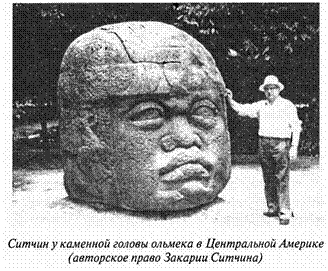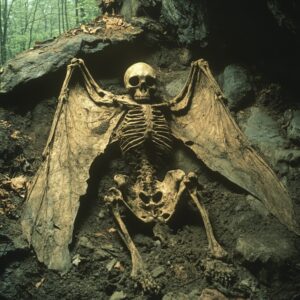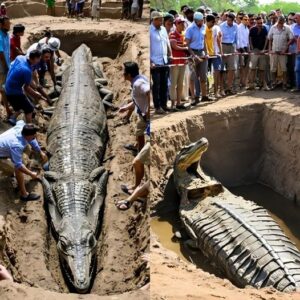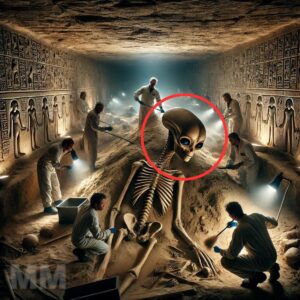The Olmec civilization, flourishing from roughly 1200 BC to 400 BC in what is now modern-day Mexico, is one of Mesoamerica’s earliest known cultures. Renowned for their agricultural, trading, and artistic prowess, the Olmecs left a profound legacy that influenced subsequent civilizations such as the Maya and Aztecs. Among their most iconic artifacts are the colossal stone heads, which stand as a testament to their engineering ingenuity. La Venta Monument 1, one of these massive heads, presents a particularly fascinating case due to the challenges it poses to modern understanding of ancient transportation techniques.

The Marvel of La Venta Monument 1
La Venta Monument 1 is a colossal basalt head measuring 9 feet 4 inches in height and weighing several tons. What sets this artifact apart is not just its size but the incredible journey it underwent. The basalt used to carve this head was quarried over 80 kilometers (50 miles) away in the Tuxtla Mountains, a rugged terrain that would challenge even modern transportation methods. The question that has baffled historians and archaeologists alike is: how did an ancient civilization without wheels or draft animals manage to transport such a massive stone across dense rainforest and swampy lowlands?
Theories and Hypotheses
Several theories have been proposed to explain this remarkable feat of ancient engineering:
Log Rollers and Sledges: One popular hypothesis suggests that the Olmecs used log rollers and sledges to move the massive stones. By placing the stone heads on wooden sledges and rolling them over logs, the Olmecs could have created a makeshift conveyor system. This method, while labor-intensive, would have been feasible given the ample forest resources available to them.

Human Labor: The sheer manpower required for such an endeavor cannot be understated. It is believed that a large workforce, possibly comprising hundreds of workers, was mobilized to transport these stones. The Olmecs’ societal organization and ability to marshal labor for large-scale projects reflect their sophisticated social structure.

Waterways: Another plausible theory is the use of waterways to transport the stones. The Olmecs might have floated the basalt blocks on rafts down rivers, utilizing the natural flow of water to ease the burden of land transportation. This method would have required precise knowledge of local rivers and engineering skill to construct rafts capable of bearing such heavy loads.
Lubrication and Track Systems: Some researchers speculate that the Olmecs might have employed lubrication methods, such as using wet clay or plant oils, to reduce friction. Additionally, constructing tracks or pathways using planks or stones could have facilitated smoother movement of the sledges.

Symbolism and Significance
The colossal heads, each adorned with unique headdresses, are believed to represent revered rulers or important figures in Olmec society. Their transportation and placement at ceremonial centers like La Venta highlight the Olmecs’ advanced understanding of engineering and their ability to execute complex logistical operations. These heads stand not only as artistic masterpieces but also as symbols of power and sophistication.
Conclusion
The transportation of the Olmec colossal heads remains one of the most intriguing mysteries of ancient engineering. Despite the lack of modern technology, the Olmecs demonstrated extraordinary ingenuity and determination in moving these massive stones across challenging landscapes. As researchers continue to study these artifacts, they uncover more about the methods and motivations behind these monumental achievements. The legacy of the Olmecs, etched in stone, continues to inspire awe and curiosity, reminding us of the incredible capabilities of ancient civilizations.




